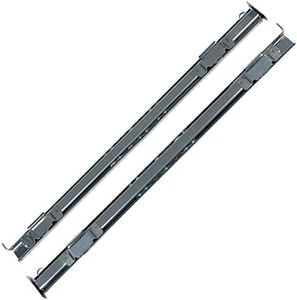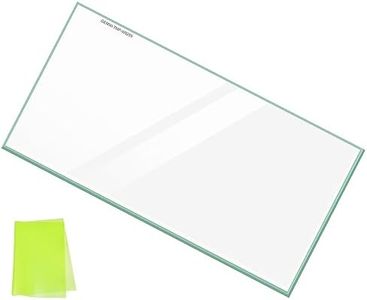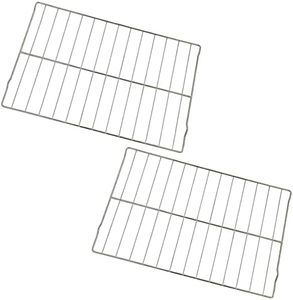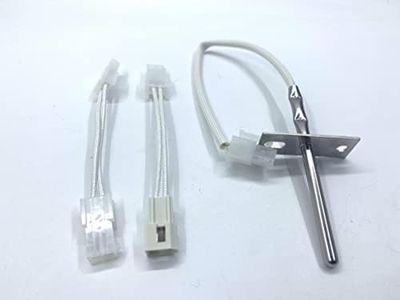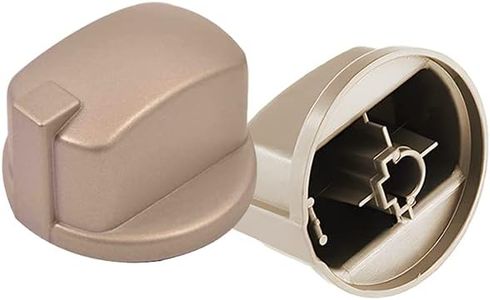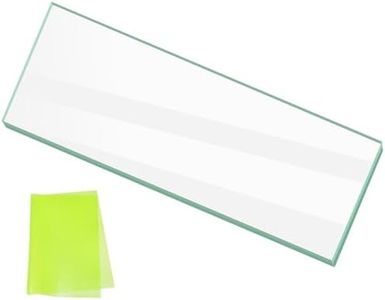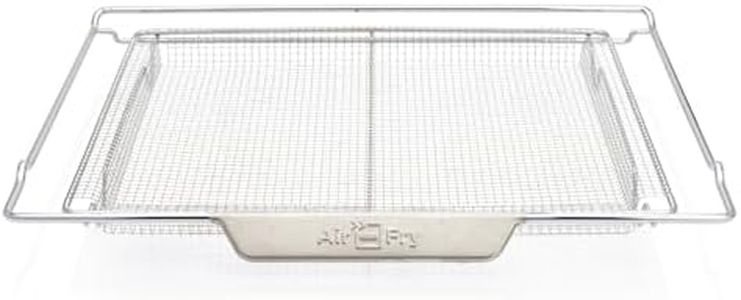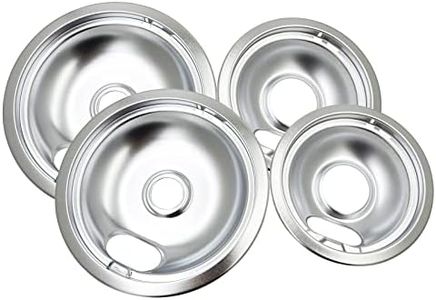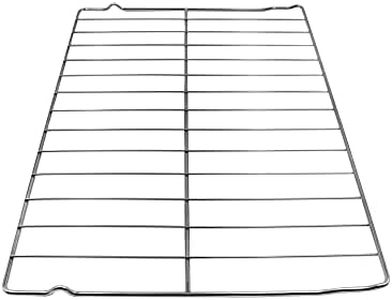We Use CookiesWe use cookies to enhance the security, performance,
functionality and for analytical and promotional activities. By continuing to browse this site you
are agreeing to our privacy policy
10 Best Double Wall Ovens
From leading brands and best sellers available on the web.Buying Guide for the Best Double Wall Ovens
When choosing a double-wall oven, it's important to think about how you'll be using it in your kitchen. Double-wall ovens offer the convenience of two separate cooking spaces, which means you can cook multiple dishes at different temperatures at the same time. To find the best fit, you'll want to consider the size of your household, the types of meals you prepare, and the features that will make your cooking experience enjoyable and efficient. By focusing on the right specifications, you can pick an oven that matches your needs and will be a reliable tool for many years.Capacity (Cubic Feet)Capacity refers to the amount of space inside each oven, measured in cubic feet. This spec is important because it determines how much food you can cook at once. Ovens are usually divided into small (around 4-5 cubic feet per oven), medium (5-6 cubic feet), and large (over 6 cubic feet). A smaller capacity might suit individuals or couples who don’t cook large meals often, while larger capacities are useful for families or those who entertain frequently. Think about the dishes you usually prepare; for example, if you often bake big turkeys or batch cook, a larger capacity will be helpful.
Fuel Type (Electric vs Gas)Double-wall ovens can be powered by electricity or gas. Electric ovens are more common, offering consistent heat and often more advanced features, while gas ovens tend to heat up faster and offer more moisture in cooking. The choice between electric and gas depends on your kitchen setup (what connections you already have) and your cooking style. If you value precise temperature controls and baking, electric is often preferred; if you like quicker preheating or more moisture for roasting, gas could be better for you.
Convection FeatureConvection refers to the use of a fan to circulate hot air inside the oven, leading to even cooking and faster roasting times. Some ovens have convection in both cavities, while others only offer it in one. This feature is ideal if you do a lot of baking or want your food to cook more evenly. If you mostly use your oven for simple baking and roasting, regular baking modes might suffice, but for more demanding recipes, convection can be a big help.
Control Type (Touchscreen vs Knobs)This is about how you interact with the oven. Some ovens have traditional knobs, others feature digital touchscreens, and some offer a mix of both. Knobs are straightforward and reliable, while touchscreens can offer more precise controls and additional features like programmable cooking. If you prefer simpler operation, knobs might be ideal. But if you like tech-enabled features (like delayed start or recipe guides), then a touchscreen interface may be more suitable.
Self-Cleaning OptionsMany double-wall ovens come with a self-cleaning feature, which uses high heat to burn off food residue, saving you manual scrubbing. Some have basic self-cleaning, while others offer steam-cleaning options for a quicker, lower-heat clean. If you cook frequently and want to minimize cleaning chores, prioritize models with robust self-cleaning or steam cleaning. If you clean as you go, this might be less critical.
Installation Type (Built-in vs Modular)Double-wall ovens are typically designed to be built into your kitchen cabinets for a flush, seamless look. However, some can be installed in modular kitchen systems that are a bit more flexible. If you're remodeling or building a kitchen from scratch, built-in offers a custom look. If your kitchen layout is changing or you want flexibility for possible future updates, modular installation might be preferred.
Smart FeaturesSome modern ovens come with Wi-Fi connectivity, remote control, automated cooking programs, and compatibility with virtual assistants. These smart features can be convenient for monitoring and controlling your oven from your phone or for getting cooking tips. If you love using technology in your kitchen or want remote access, consider this feature. If you prefer a more hands-on approach with basic controls, you may not need to pay attention to smart functions.
Rack ConfigurationRack configuration refers to the number of racks and the ways you can adjust or remove them inside the oven. More racks or flexible positioning allow you to cook multiple trays at once. Consider how much baking or multi-dish cooking you do at the same time. If you often roast large items or bake several sheets of cookies together, look for an oven with more racks and adjustable options.

